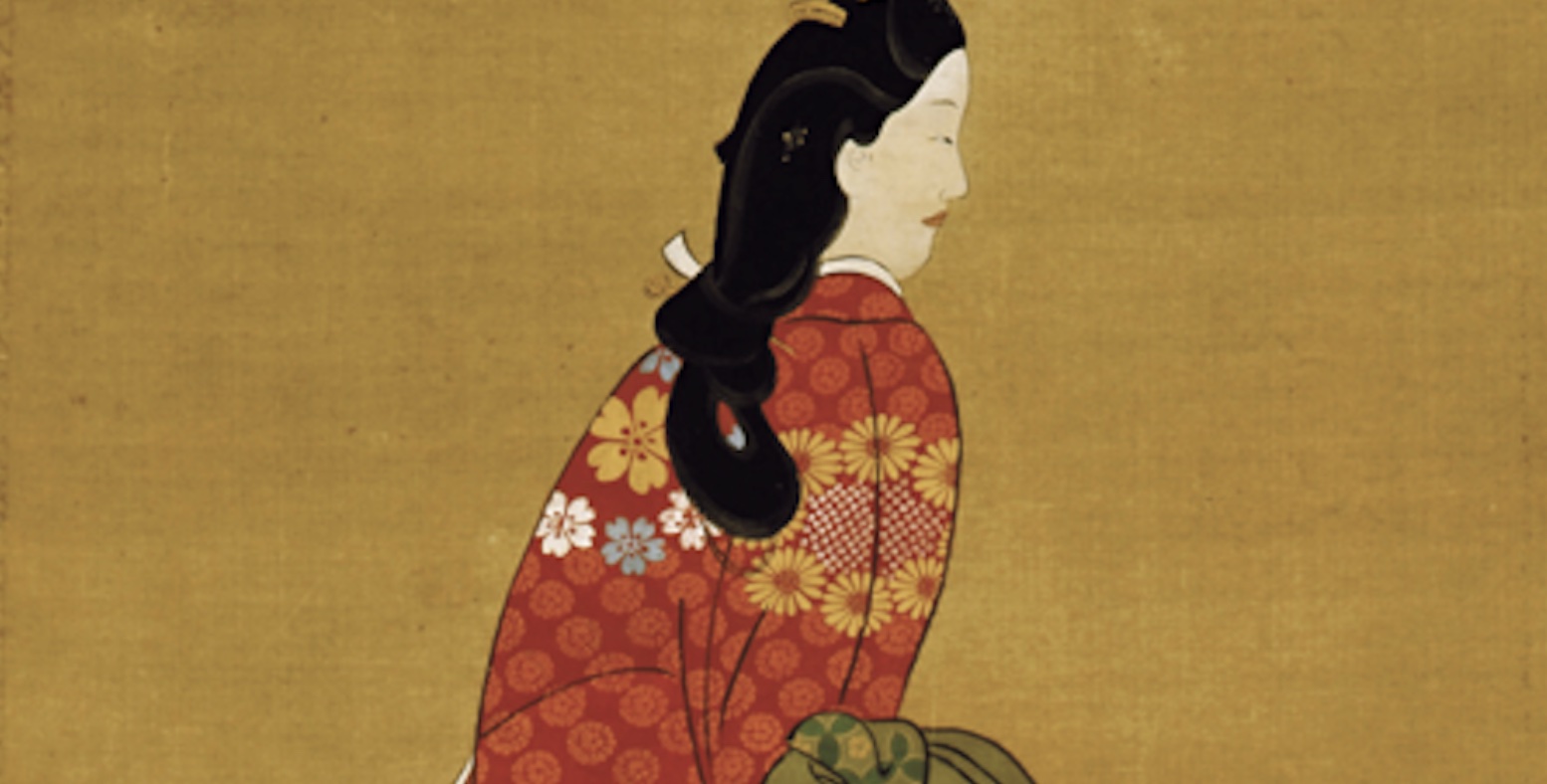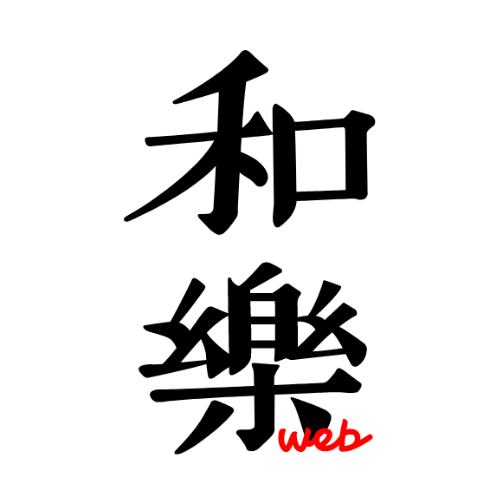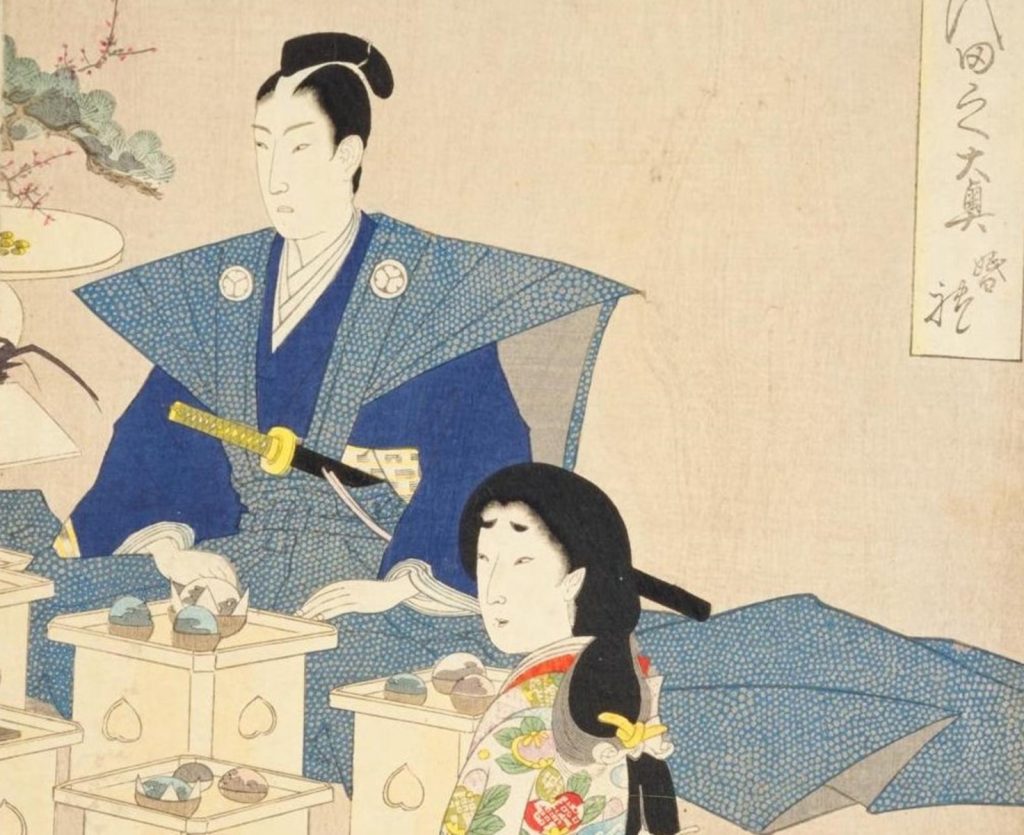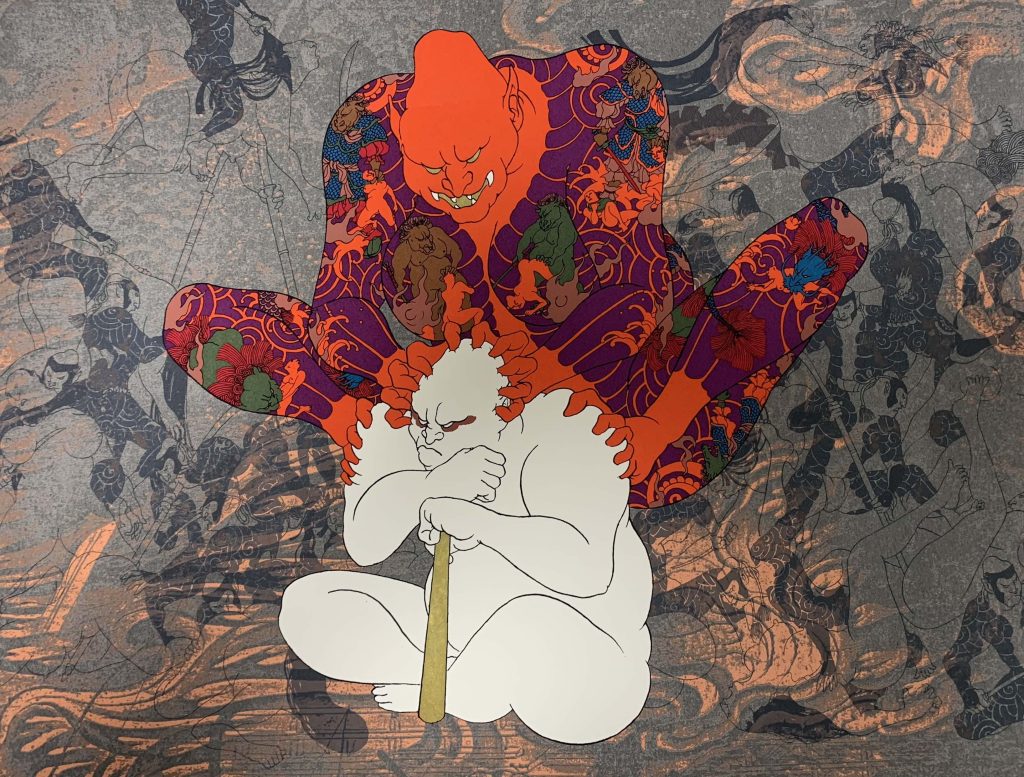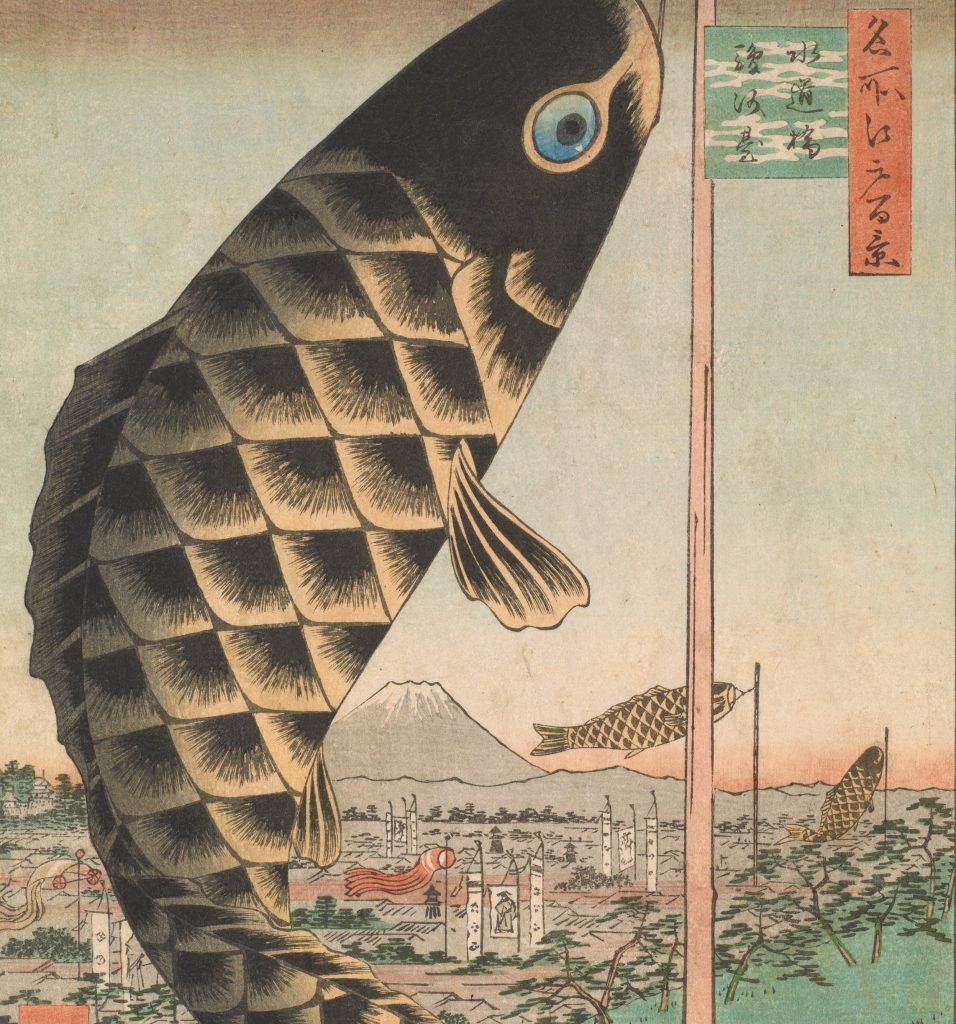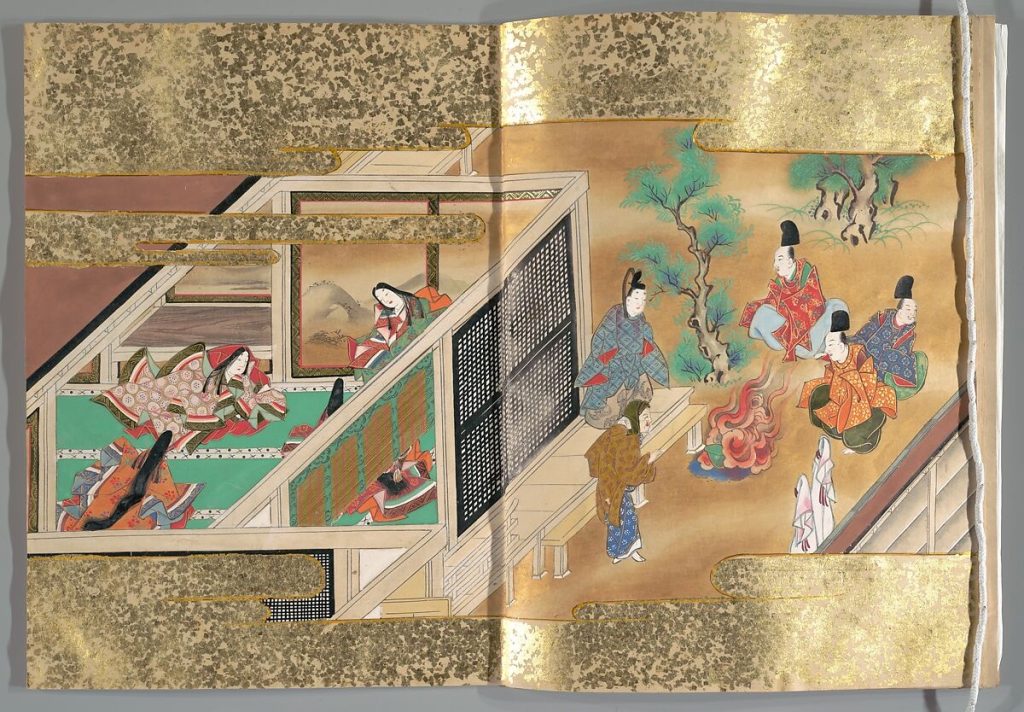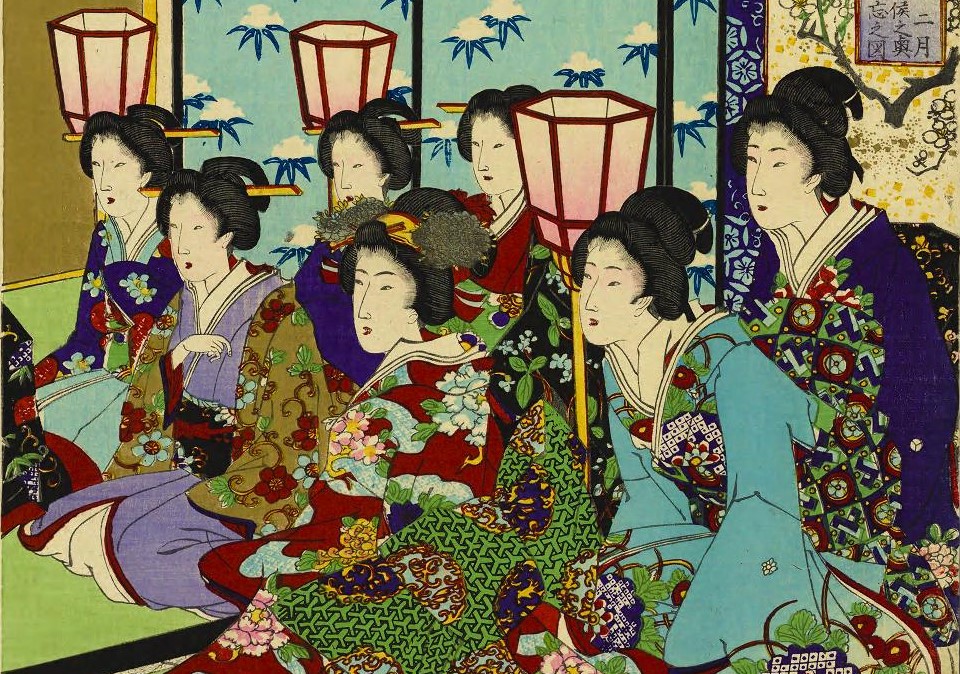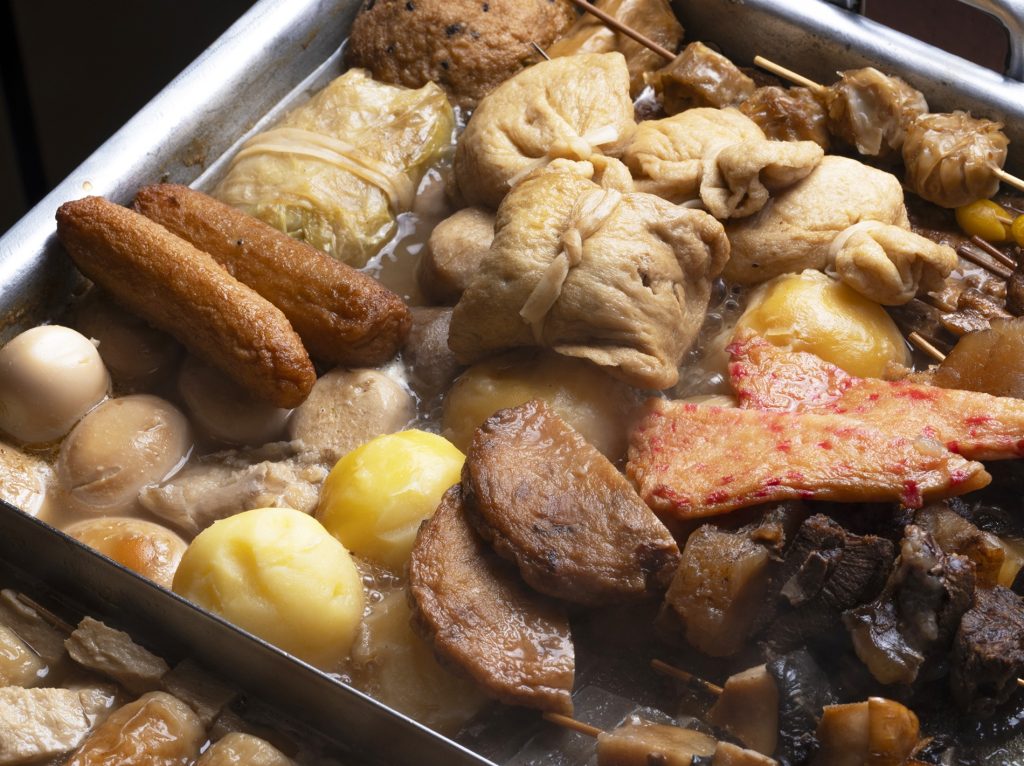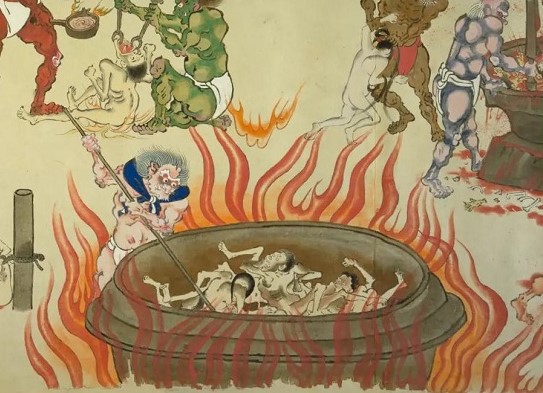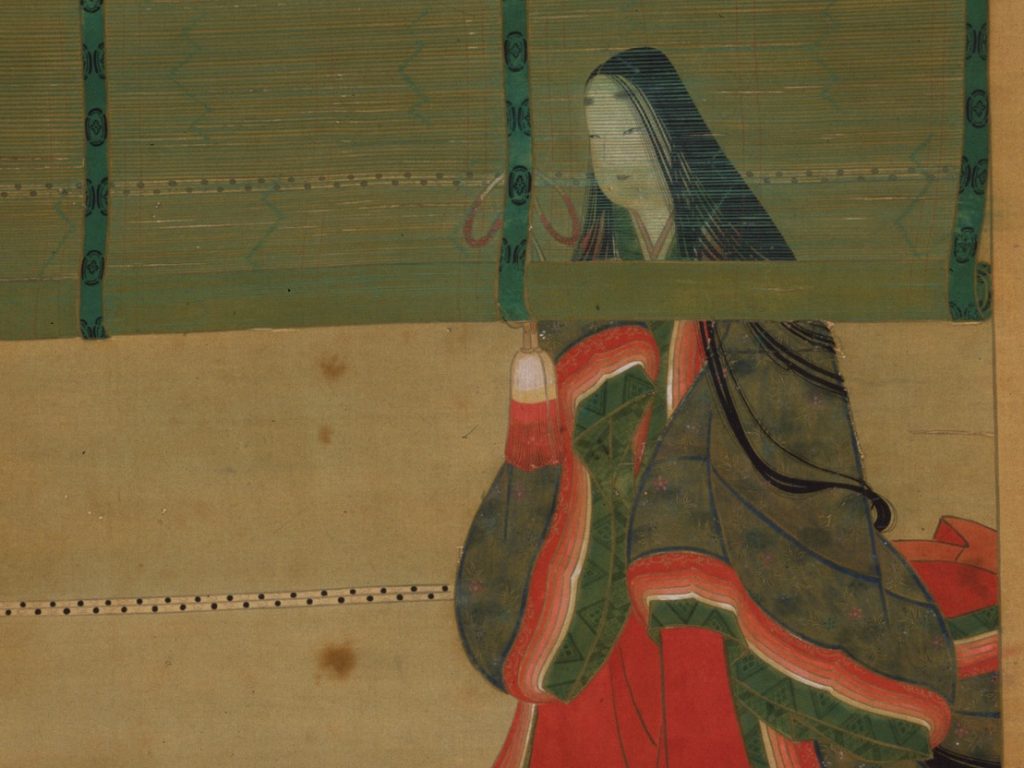The history of Ukiyo-e overlaps with the history of the Edo period, and has developed while reflecting public opinion and technological innovation. Let’s explore the evolutionary process of ten ukiyo-e artists who were remarkably active during those 300 years.
The pose of the ‘Beauty looking back’ is so popular that it has been written about in haikai poetry
After the Azuchi (安土)-Momoyama (桃山) period and the Warring States period, Tokugawa Ieyasu (徳川家康) united the country and established the shogunate in Edo in 1603. With the coming of peace, the lives of the common people improved and the townspeople of Edo became active, leading to the development of the townspeople’s culture. The townspeople of Edo grew tired of the literature coming from Kyoto, which had once been the cultural centre of the city, and the groundwork was laid for the spread of art and culture among the general population in Edo, including the creation of the jihon (地本), a type of print book.
Until then, the privileged and ruling classes were responsible for art and culture. In the Edo period, for the first time in Japanese history, the townspeople became the bearers of culture.
The pioneer of this was Hishikawa Moronobu (菱川師宣), whose name was first recorded in the Jihon illustrations. Moronobu is best known for his painting ‘Mikaeri Bijin-zu (見返り美人図/Beauty looking back)’, which was painstakingly hand-painted. It was still too expensive for the general public.
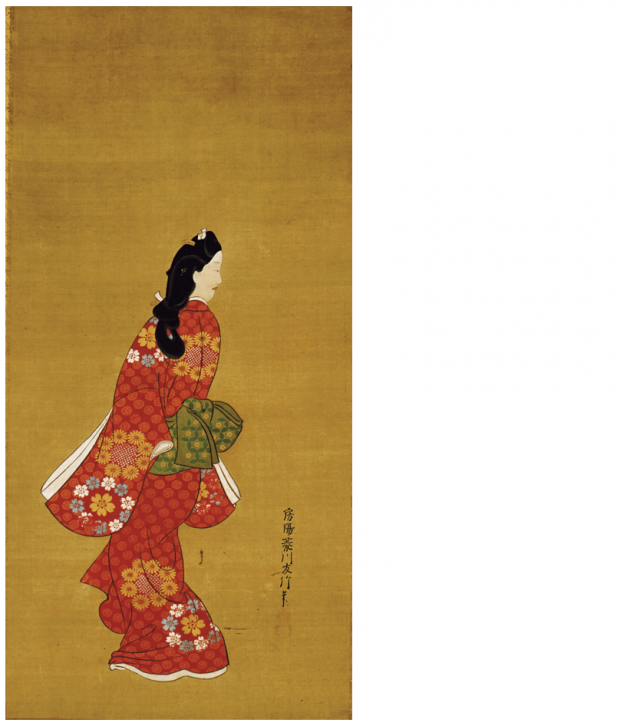
On the other hand, Moronobu also produced a number of pictures created in print, such as illustrated books, pictures of famous places and pillow pictures. His favourite places to paint were the brothels and theatrical towns, which were known as the two worst places at the time. These were the places of longing for the common people, a world that was not easy to see. Moronobu’s Ukiyo-e quickly captured the hearts of the people, as they could be seen in inexpensive prints.
Appearance of the original ukiyo-e master Moronobu
The word ‘ukiyo (浮世/transient fleeting world)’ derives from the word ‘ukiyo (憂世 sad and depressed world)’, which is said to have been given to the word ‘ukiyo-e’ by people who liked to live carefree amidst the trend to celebrate the Edo period. Ukiyo-e, which began with Moronobu, went on to produce a large number of artists. The first of these was Okumura Masanobu (奥村政信), a self-taught artist who started his career as a painter early on and remained at the top for 50 years.

Masanobu’s greatest achievement was the completion of the ‘Oukie (大浮絵)’, a series of large ukiyo-e paintings that depicted every aspect of a playhouse using western-painting like perspective method. These large ukiyo-e paintings, which depicted not only the actors but also the entire interior of the playhouse, were full of realism and gained a reputation for appearing to float in perspective. He was also an artist with excellent ideas, such as the creation of ‘hashira-e (柱絵)’, in which pictures of beautiful women and actors were painted on long, thin sheets of paper so that they could be pasted on the pillars of the room.
Ukiyo-e developed from the original black-and-white Sumizuri-e (墨摺絵) to Tan-e (丹絵) with tan colouring and Beni-e (紅絵) or Benizuri-e (紅摺絵), which used vegetable dyes, and under Suzuki Harunobu (鈴木春信), it underwent a major transformation. The first major change came with the birth of nishiki-e (錦絵), which was printed in richly coloured woodblock prints.
Beginning of the heyday of portraits of beautiful women
Harunobu, a revolutionary in ukiyo-e, showed his talent for ‘Bijinga (美人画、portraits of beautiful women). He excelled at depicting slender girls, such as Kasamori Osen (笠森お仙), a portrait of a teahouse poster girl, so much so that people attracted by the picture rushed to the teahouse and queued up to see it. Ukiyo-e was also a pioneering advertising medium.

Even after the death of the charismatic painter Harunobu, the enthusiasm of the Edo public for beauty paintings increased and new painters were sought. It was Torii Kiyonaga (鳥居清長) who painted ground-breaking paintings of beautiful women in this climate. Kiyonaga’s paintings of beautiful women were of a slender figure of eight heads. Unlike Harunobu’s paintings of young girls, his lively depictions of working women in Edo quickly catapulted him into the ranks of popular painters. In later years, however, Kiyonaga shifted his focus from portraying beautiful women to portraying actors, and the position of star painter of beauties was taken over by the next generation of painters.
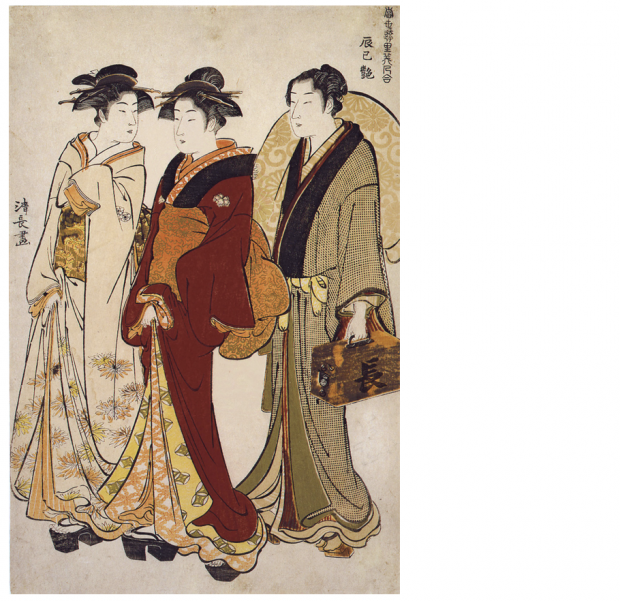
In the middle of the Edo period, Chobunsai Eishi (鳥文斎栄之) was one of the new stars who emerged in the Ukiyo-e world at its peak in the late 18th century. Eishi was an eccentric samurai from Hatamoto (旗本), who was passionate about Ukiyo-e and studied painting under the patronage of Kiyonaga. His paintings of beautiful women are even more stylised than Kiyonaga’s and are painted in impossible proportions. His paintings, which embodied the ideal of female beauty, were called Eishi Bijin and became popular, but he eventually moved away from painting beautiful women, and another star Ukiyo-e artist, Kitagawa Utamaro (喜多川歌麿), came to be admired in the Ukiyo-e world.
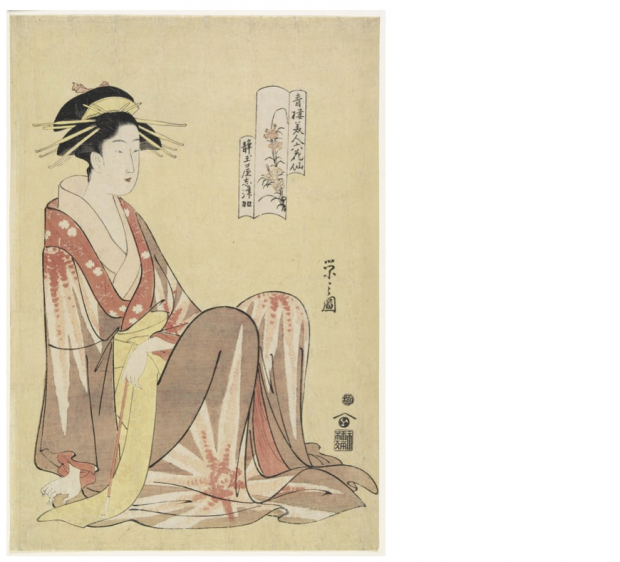
Utamaro, who is now famous, was one of the few painters who did not have his time in the limelight at the time, having been surpassed by the younger Eishi. The talent of Utamaro was recognised by his publisher, Tsutaya Juzaburo (蔦屋重三郎), who was a renowned producer. Under Tsutaya, Utamaro created the ‘Oh-kubie (大首絵)’ technique, which brought him into the limelight. This was a close-up of the upper half of the body, breaking the convention that a portrait of a beautiful woman depicts the whole body. Ookubie, which beautifully depicted not only the face but also the flow of the hair, became a synonym for portraits of beautiful women, and Utamaro’s popularity surpassed that of Eishi. Under Tsutaya’s production, Utamaro produced a succession of masterpieces, including Fujin Sogaku Jutai (婦人相学十躰), and reigned as the top painter for ten years. However, he was punished for painting a work that violated the prohibition of the shogunate, and after the punishment he retired from the forefront.

This article is translated from https://intojapanwaraku.com/rock/art-rock/1263/






